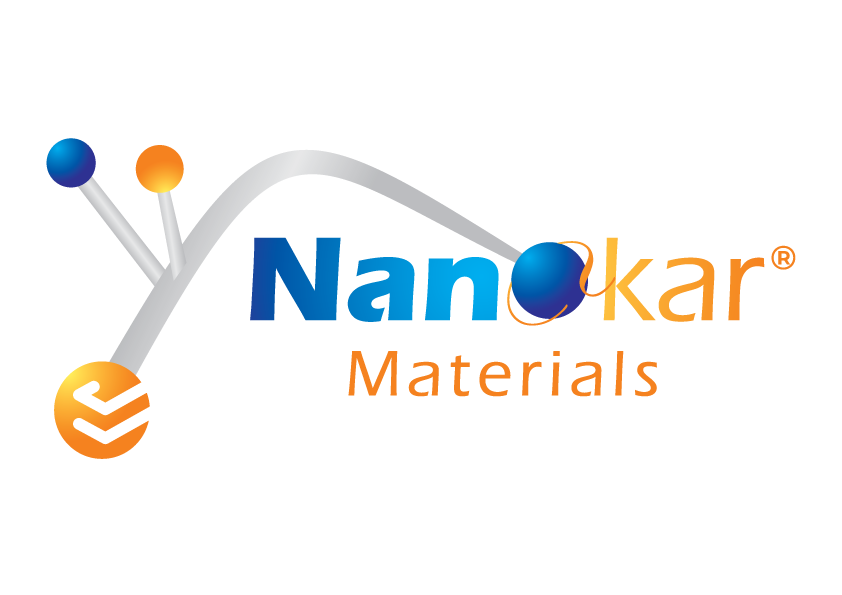BlogDiamond Nanoparticle
Title: Diamond Nanoparticles: Properties, Synthesis, and Emerging Applications Abstract: Diamond nanoparticles, or nanodiamonds, are a unique class of nanomaterials characterized by their diamond crystal structure. Due to their exceptional hardness, thermal conductivity, and optical properties, they hold promise in diverse fields such as biomedicine, electronics, and materials science. This article explores the synthesis methods, intrinsic properties,...
